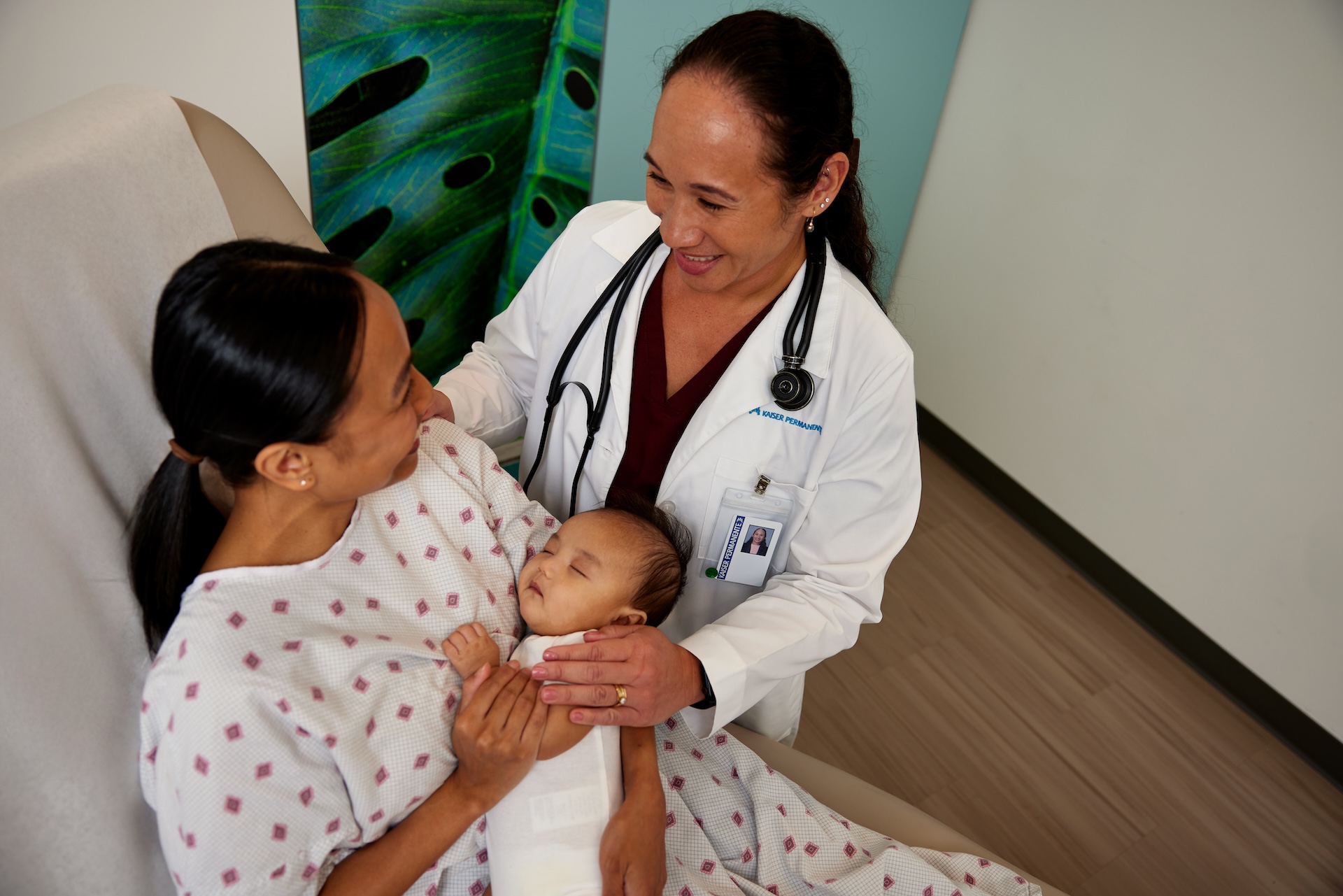Health systems, doctors need to be prepared for more autistic patients of all ages, Kaiser Permanente authors suggest
Updated Nov. 5, 2024
A large analysis of autism spectrum disorder diagnoses over more than 10 years finds significant increases in young adults, women, and children in some racial or ethnic groups. The study was led by Kaiser Permanente researchers and was published in JAMA Network Open.
The analysis covered the years 2011 to 2022 at 12 integrated delivery sites of the 8 health systems that participate in the Mental Health Research Network, covering up to 12 million people.

The study found increases in autism diagnosis across the study period for all groups, and faster increases among certain groups. The study authors said the findings likely reflect both increased screening for autism along with other potential factors that should be explored in future research.
“The improvement and expansion of universal developmental screening likely accounts for some of the increase in diagnosis rates we found in this study,” said lead author Luke Grosvenor, PhD, a research fellow with the Kaiser Permanente Division of Research (DOR). “The magnitude of the rate increases and variability by age, gender, race, and ethnicity suggests factors other than improved screening are also contributing to the rate increases.”
Among the full study sample of children and adults, rates rose from 2.3 per 1,000 in 2011 to 6.3 per 1,000 in 2022. The autism diagnosis rate was highest among 5- to 8-year-olds throughout the study period.
“The finding that the autism diagnosis rate was highest among 5-to-8-years olds was especially interesting to me, because it indicates that while we have made progress with universal screening, we must push forward in addressing barriers to timely autism evaluations following a positive developmental screen,” said Melissa Maye, PhD, a co-author of the study and licensed clinical psychologist and assistant scientist at Henry Ford Health’s Center for Health Policy and Health Services Research. “Autism-specific health care services may not be available until a formal diagnosis is made — so early diagnosis is crucial.”

The greatest increase in diagnosis rate occurred among 26- to 34-year-olds, at 450% over 11 years. Diagnosis rate increases were greater for female children than male children (305% increase vs. 185% increase).
The authors noted that while they could track the number of patients diagnosed in electronic health records and health insurance claims databases, they could not follow the age at which diagnosis first took place, so some of the adults may have been diagnosed as children. However, the study was able to show overall trends over time.
The authors said their figures probably reflect lower prevalence than actually exists, as some older people, particularly women, may not have been diagnosed when they were children and have never had their autism recognized. The authors suggested that increased awareness of autism in women could be related to more representation of autistic girls and women in social media, or improved provider training.
Most (73%) of the autistic patients were under 18 and 26% were female. The annual diagnosis rate had a 3-to-1 ratio of male to female in 2022, and that ratio declined during the study period from about 4-to-1 in 2011.
“We’re seeing a narrowing in the gap between males and females who are diagnosed with autism,” said co-author Lisa Croen, PhD, a DOR research scientist. “This is very interesting, but we don’t know why. That’s a direction for future research to explore.”
 Most of those diagnosed with autism were white (53.6%), 28% were Hispanic. Among racial and ethnic groups, prevalence in 2022 was highest among Native American and Alaska Native children, at 28.3 per 1,000, followed by Black children (26.5), Asian children (26.2), Hispanic children (25.7), white children (24.3), and “other” (21.2).
Most of those diagnosed with autism were white (53.6%), 28% were Hispanic. Among racial and ethnic groups, prevalence in 2022 was highest among Native American and Alaska Native children, at 28.3 per 1,000, followed by Black children (26.5), Asian children (26.2), Hispanic children (25.7), white children (24.3), and “other” (21.2).
Increases in diagnosis in children by ethnicity were higher among Hispanic children (315% increase) than non-Hispanic children (146%). By race, increases were greater among Native Hawaiian/Pacific Islander (428%), Black/African American (307%), and Asian (259%) children compared to white children (161%).
Among adults, increases in diagnosis rates from 2011 to 2022 were greater among white adults (275%) than any other group. There were disparities in diagnosis rates between white adults and those of other racial and ethnic backgrounds, the researchers said.

“Our findings among children are consistent with those from surveillance studies carried out by the Centers for Disease Control and Prevention, suggesting a reduction in disparities in autism diagnosis over time,” Grosvenor said. “But it’s important to note that disparities still exist within pediatric service delivery, educational, and other settings. We did not find evidence for similar trends among autistic adults. More research is needed to further characterize disparities in this growing population.”
The study was funded by the National Institute of Mental Health.
Additional co-authors were Ben Marafino, PhD, and Jennifer Ames, PhD, of the Division of Research; Frances L. Lynch, PhD, of the Kaiser Permanente Center for Health Research in Portland, Oregon; and Robert B. Penfold, PhD, and Gregory E. Simon, MD, of the Kaiser Permanente Washington Health Research Institute.
# # #
About the Kaiser Permanente Division of Research
The Kaiser Permanente Division of Research conducts, publishes and disseminates epidemiologic and health services research to improve the health and medical care of Kaiser Permanente members and society at large. It seeks to understand the determinants of illness and well-being, and to improve the quality and cost-effectiveness of health care. Currently, DOR’s 600-plus staff is working on more than 450 epidemiological and health services research projects. For more information, visit divisionofresearch.kaiserpermanente.org or follow us @KPDOR.





Comments (0)